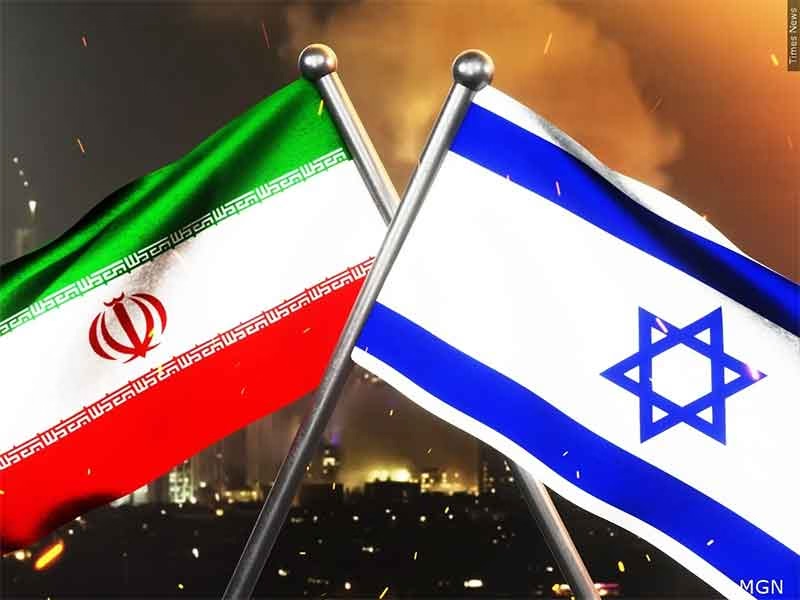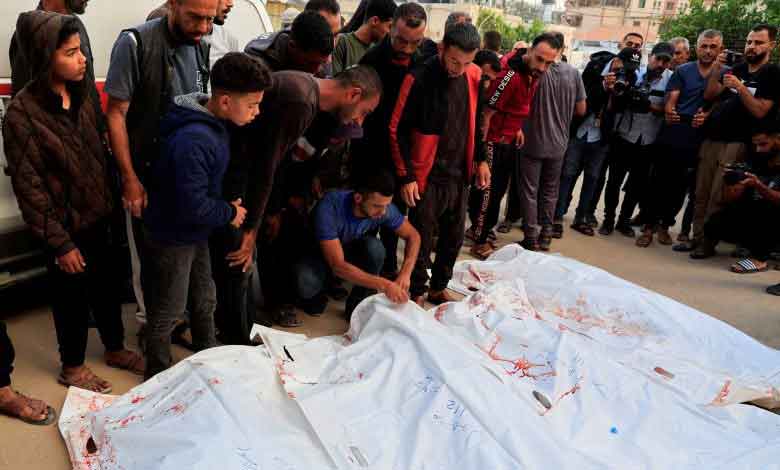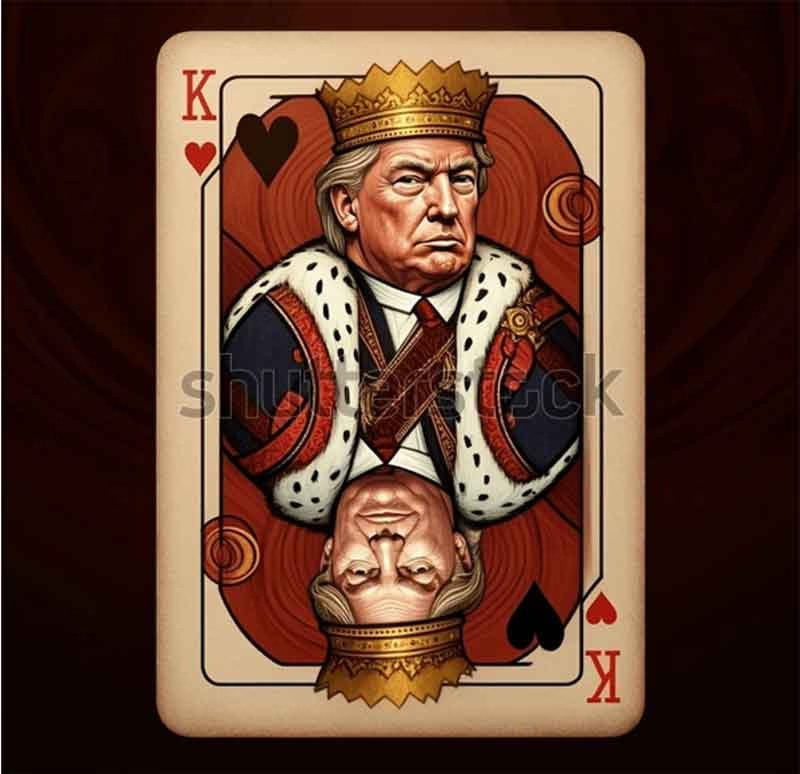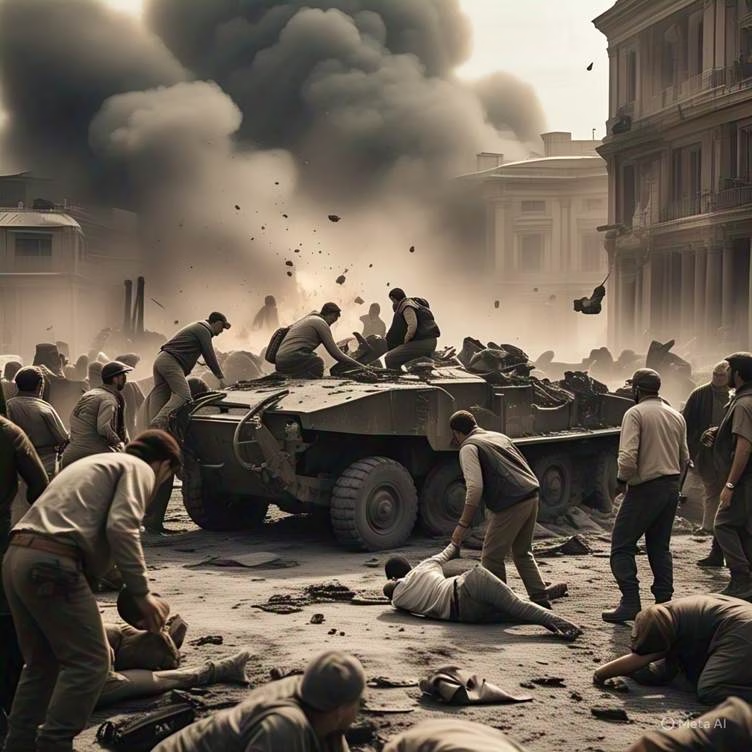
Since its turbulent birth in 1947, Pakistan’s journey has been defined by a deep and persistent struggle between the promise of civilian governance and the realities of military dominance. Time and again, moments of democratic awakening have been eclipsed by the assertive intervention of generals, who have cast themselves as the ultimate custodians of national survival. Yet this guardianship model has led to unintended consequences — notably the rise of militant proxies that would evolve into uncontrollable forces, haunting the state that once nurtured them. Pakistan’s past offers crucial insights into its uncertain future and the deeply entrenched dynamics of civil-military relations.
A Nation Born in Insecurity: Military Opportunism Amid Civilian Fragility (1947–1958)
Pakistan emerged from the violent crucible of Partition, a state marked by profound insecurities. The new nation was plagued by institutional weaknesses, a fractured polity, and early administrative crises. In the face of these vulnerabilities, the military quickly positioned itself as not just the protector of borders, but as the central pillar of state security.
The colonial legacy of centralized bureaucratic control from British rule paved the way for the military to seize power in moments of crisis. Liaquat Ali Khan, the first Prime Minister of Pakistan, was tasked with forging a new national identity. However, his leadership was marked by struggles over both domestic politics and foreign policy. The premature assassination of Khan in 1951 left a leadership void, which Governor-General Ghulam Muhammad and other bureaucrats, backed by the military, swiftly filled. By 1954, with the dismissal of Pakistan’s first Constituent Assembly, the military-bureaucratic axis quietly solidified its grip on power. The civilians ruled on paper, but the military governed the reality.
The First Coup: Consolidation of the Guardian State (1958–1971)
In 1958, General Ayub Khan’s coup formalized the power dynamic that had already taken shape. His narrative of national security became institutionalized, justifying not only the defense against external enemies but also the military’s role in managing internal political dissent. Ayub’s model of “guided democracy” provided a façade of civilian participation while stripping away genuine political autonomy.
Ayub’s rule also saw the emergence of Feroz Khan Noon and other civilian figures who tried to curb the military’s influence, but Ayub’s control over both military and politics ensured that any attempts at civilian supremacy were either contained or eliminated. Under Ayub’s leadership, Pakistan made economic strides but at the cost of deepening regional inequalities, especially in East Pakistan (modern-day Bangladesh). The 1965 war with India, fought under Ayub’s watch, exposed the limitations of the military regime. Although Pakistan claimed victory, strategic miscalculations and the handling of the conflict undermined the military’s legitimacy, sowing the seeds of a rupture between East and West.
Bhutto’s Gamble: Managing the Military Without Dismantling It (1971–1977)
The disintegration of Pakistan in 1971 marked the greatest crisis for the military’s legitimacy. Zulfikar Ali Bhutto, emerging from the political chaos of the war, offered a populist agenda and a chance for civilian supremacy. However, Bhutto’s paradoxical strategy of co-opting the military rather than dismantling its influence ultimately failed. Despite his populist reforms, he maintained the military’s key roles, especially under General Tikka Khan, who was pivotal in the military operations against East Pakistan. Bhutto’s increasing authoritarianism, along with his crackdown on dissent and political opponents, alienated potential allies, and created a space for the military to intervene once again.
When political unrest surged in the late 1970s, General Zia-ul-Haq seized the opportunity to oust Bhutto. Zia not only removed Bhutto from power but also executed him in 1979. Thus, Pakistan’s brief democratic phase ended, and Zia’s rise marked the beginning of a more ideologically charged era.
The Zia Era: Institutionalizing Militancy and a New Ideological Order (1977–1988)
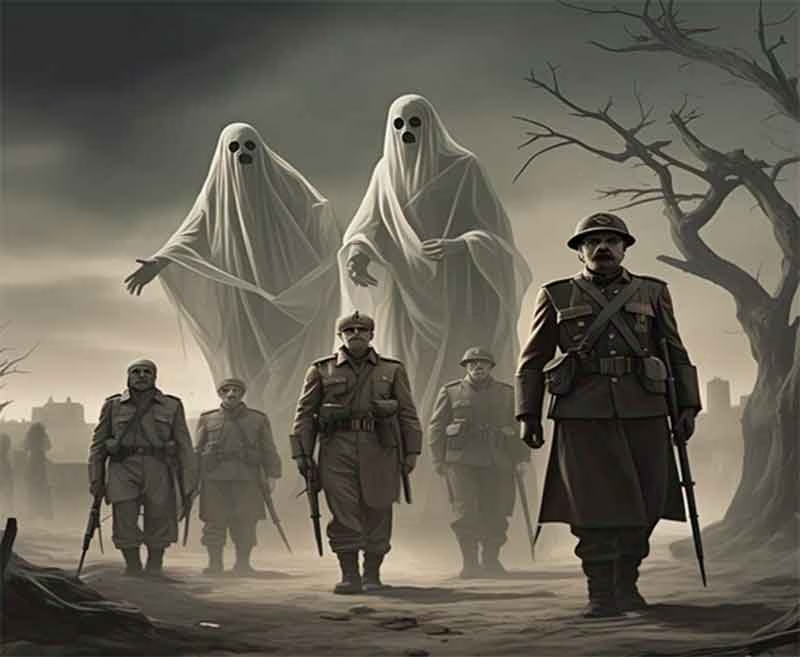
Zia’s military regime sought to stabilize Pakistan through not just repression but also ideological transformation. Islamization became state policy, reshaping laws, education, and civil discourse. In foreign policy, Zia adopted a hardline stance, positioning Pakistan as a key player in the Soviet-Afghan War.
The Soviet invasion of Afghanistan in 1979 provided a golden opportunity for Pakistan’s military. Under Zia, Pakistan became the principal conduit for U.S. and Saudi arms, money, and ideological indoctrination of Afghan jihadists. Benazir Bhutto, now a member of the political opposition, spoke against the militarization of society and the state’s use of militant proxies. However, her opposition went largely unnoticed as Zia’s regime continued to export militancy under the guise of national security. Initially, militancy was a controlled external tool. However, over time, militant groups gained strength, autonomy, and ambition. The military’s embrace of proxy warfare set the stage for the rise of forces that would eventually threaten Pakistan’s own stability.
Zia’s era demonstrated how the military’s guardianship had evolved into a complex web of political, military, and ideological dominance. The unintended consequence of using militancy as a strategic tool created actors that Pakistan could no longer control.
Democratic Façade, Military Control: The 1990s Hybrid (1988–1999)
After Zia’s death in 1988, Pakistan’s return to democracy was short-lived. Benazir Bhutto, Nawaz Sharif, and other civilian leaders struggled to assert genuine civilian control, facing constant interference from the military, particularly in matters of foreign policy and defense. Although Pakistan had elections, the military remained the final arbiter of political life, and key areas of governance remained under its influence.
Benazir Bhutto, as Prime Minister in the early 1990s, tried to navigate a path between maintaining civilian rule while appeasing the military. However, her term was marred by political crises and her inability to assert authority over the military, especially in matters of national security. Nawaz Sharif, who came to power later, attempted to reduce military influence, particularly with his push for a more independent foreign policy. However, his Kargil misadventure in 1999, where he ordered military action in Kashmir without full consultation with the military leadership, led to a military intervention and his ouster by General Pervez Musharraf.
Musharraf’s Rule: Modernization Without Democratization (1999–2008)
General Musharraf’s rule began with promises of modernization, economic reform, and global engagement. While some reforms were implemented, the military’s central role in Pakistan’s governance remained largely unchallenged. Post-9/11, Musharraf aligned Pakistan with the U.S. in the War on Terror, yet elements of the military establishment continued to patronize militant groups, viewing them as strategic assets.
Benazir Bhutto and Nawaz Sharif, both exiled by Musharraf, returned in the late 2000s, seeking to reclaim civilian control. However, the military, under Musharraf’s leadership, maintained significant influence, particularly in foreign and defense policy. This tension led to the 2008 elections, which were marked by the military’s selective backing of certain civilian actors.
This duplicity contributed to the evolution of militancy from a foreign policy tool into an internal insurgency, with groups like the Tehrik-i-Taliban Pakistan turning against the state. The military’s embrace of militant proxies had come full circle, with unintended consequences threatening Pakistan’s internal stability.
Civilian Governments Under Watchful Eyes (2008–Present)
The return to civilian rule in 2008 brought hope but also deep skepticism. Civilian governments faced constant pressure from a military that had mastered behind-the-scenes control. The judiciary, once seen as a pillar of democracy, was often weaponized to weaken civilian leaders. Media manipulation and judicial intervention became tools used by the military to maintain its influence.
Even with elections, the military continued to position itself as the guardian of national interest, justifying its political interference as necessary to preserve Pakistan’s sovereignty and stability. The military’s guardianship narrative has remained persuasive, with Pakistan’s civilian leadership often unable to assert control over critical national issues.
Guardians and Ghosts in an Unfinished Struggle
Pakistan’s civil-military history is not simply a tale of coups and counter-coups, but a narrative shaped by strategic decisions made under deep uncertainty. Civilian leaders, seeking short-term survival, have frequently compromised with the military, while the military has sought long-term dominance. These choices have reinforced the primacy of military institutions, hollowing out the civilian capacity to govern.
Most dangerously, Pakistan’s reliance on militant proxies has led to the rise of forces that now challenge the state. The military’s initial strategic use of militancy as a tool of foreign policy has evolved into a hybrid threat — both an internal insurgency and a global jihadist network.
Today, Pakistan grapples with both its guardians and its ghosts. The challenge is not merely to end military interventions in politics, but to dismantle the deeply embedded security paradigms that continue to prioritize strategic militancy, opaque governance, and selective sovereignty. Until that transformation occurs, civilian rule will remain fragile, reversible, and incomplete.
Subscribe to Our Newsletter
Get the latest CounterCurrents updates delivered straight to your inbox.
Pakistan’s future will not be decided merely by elections, or coups, or judicial pronouncements, but by whether the guardians can finally relinquish their self-appointed mandate, and whether the ghosts they summoned can be exorcised from the nation’s soul.
Only then can Pakistan truly close the long, tortured chapter between its guardians and its people.
Ashish Singh has finished his Ph.D. coursework in political science from the NRU-HSE, Moscow, Russia. He has previously studied at Oslo Metropolitan University, Norway; and TISS, Mumbai.


